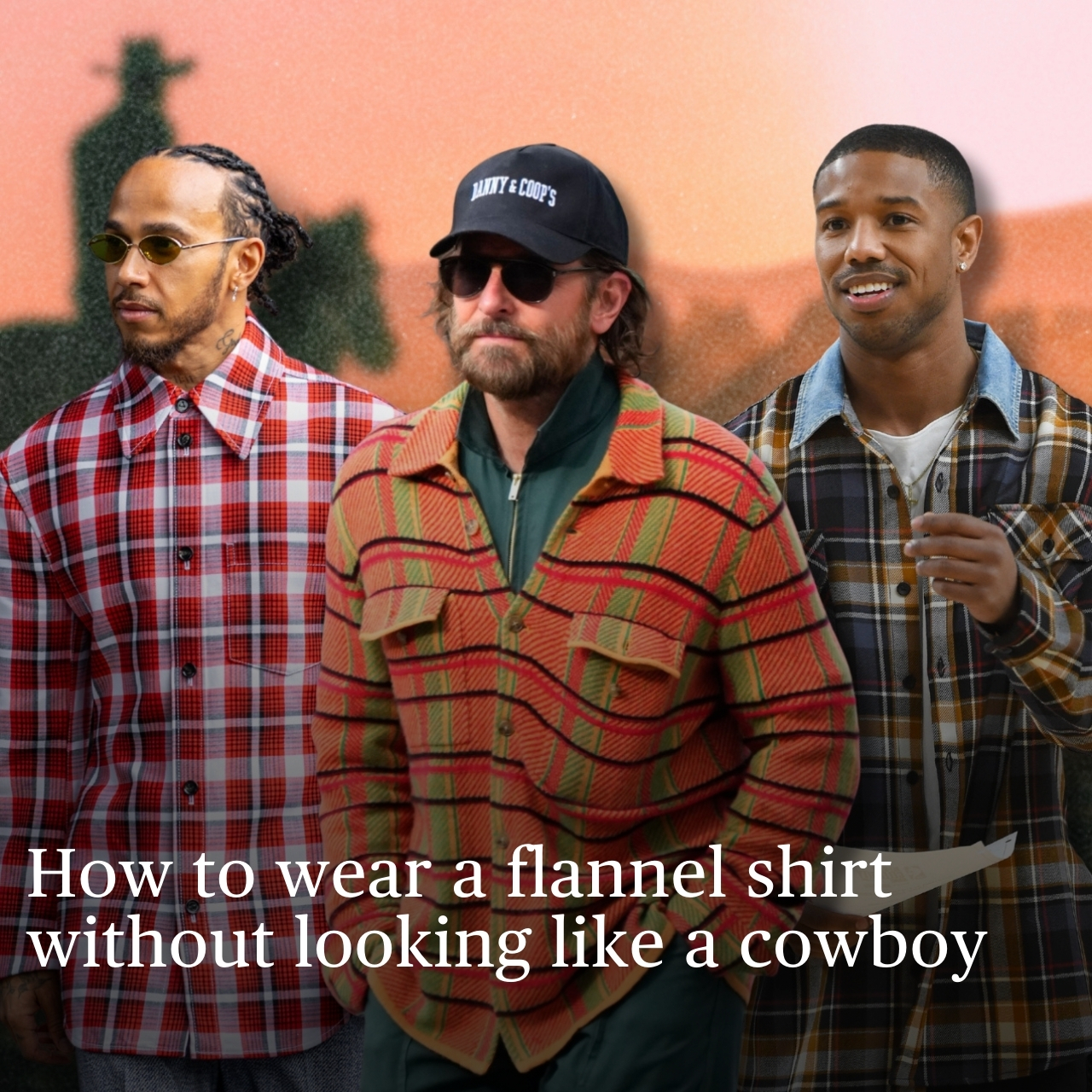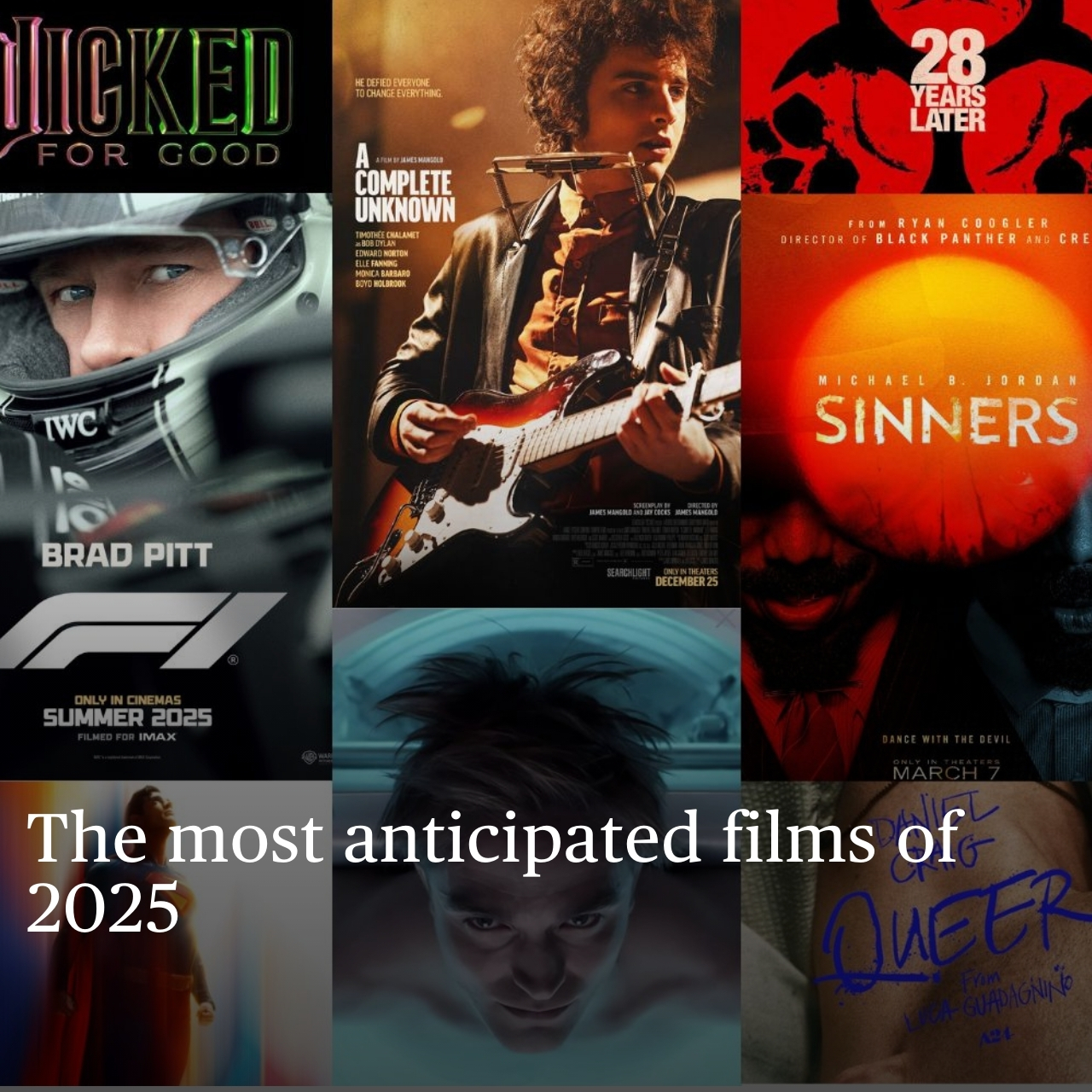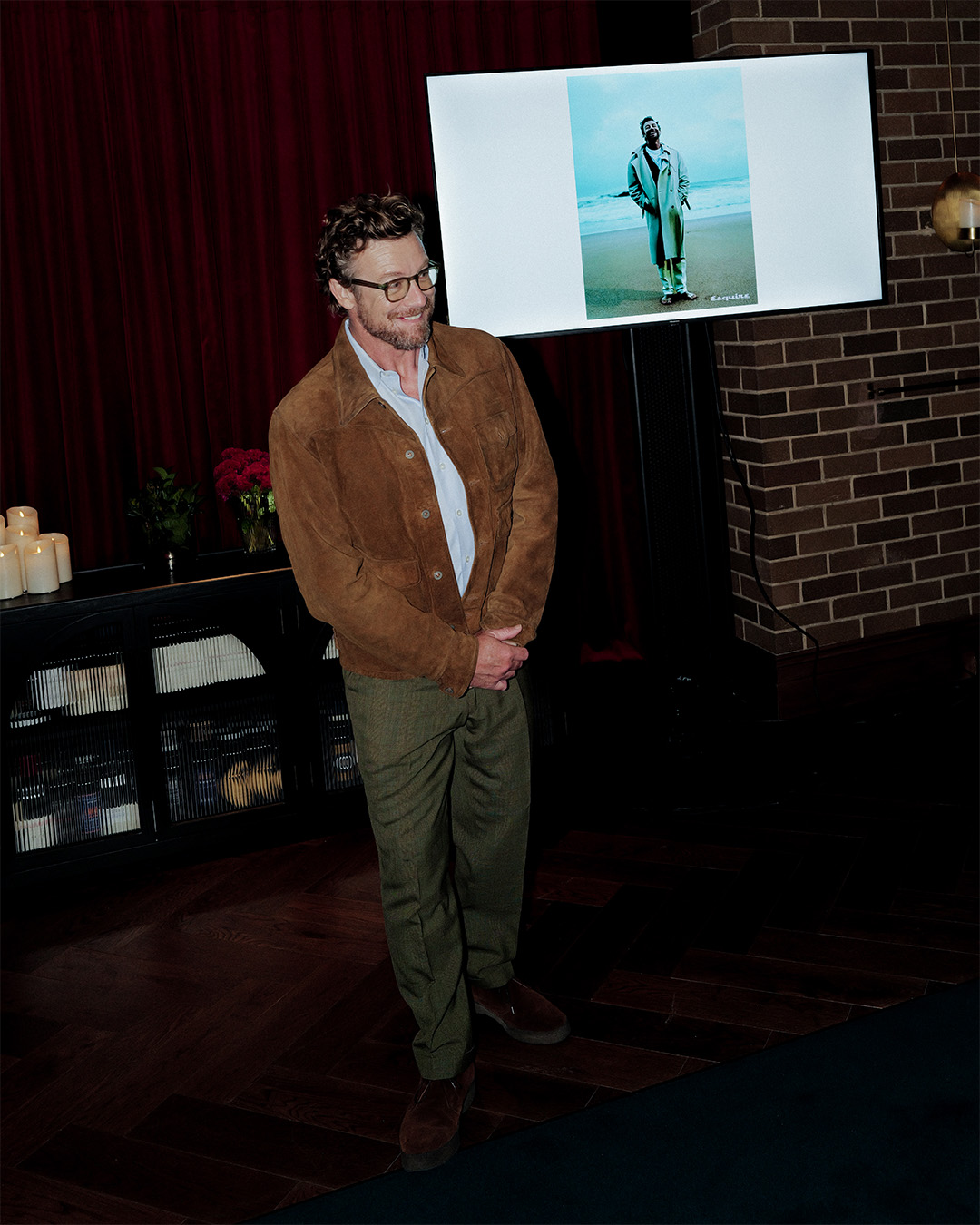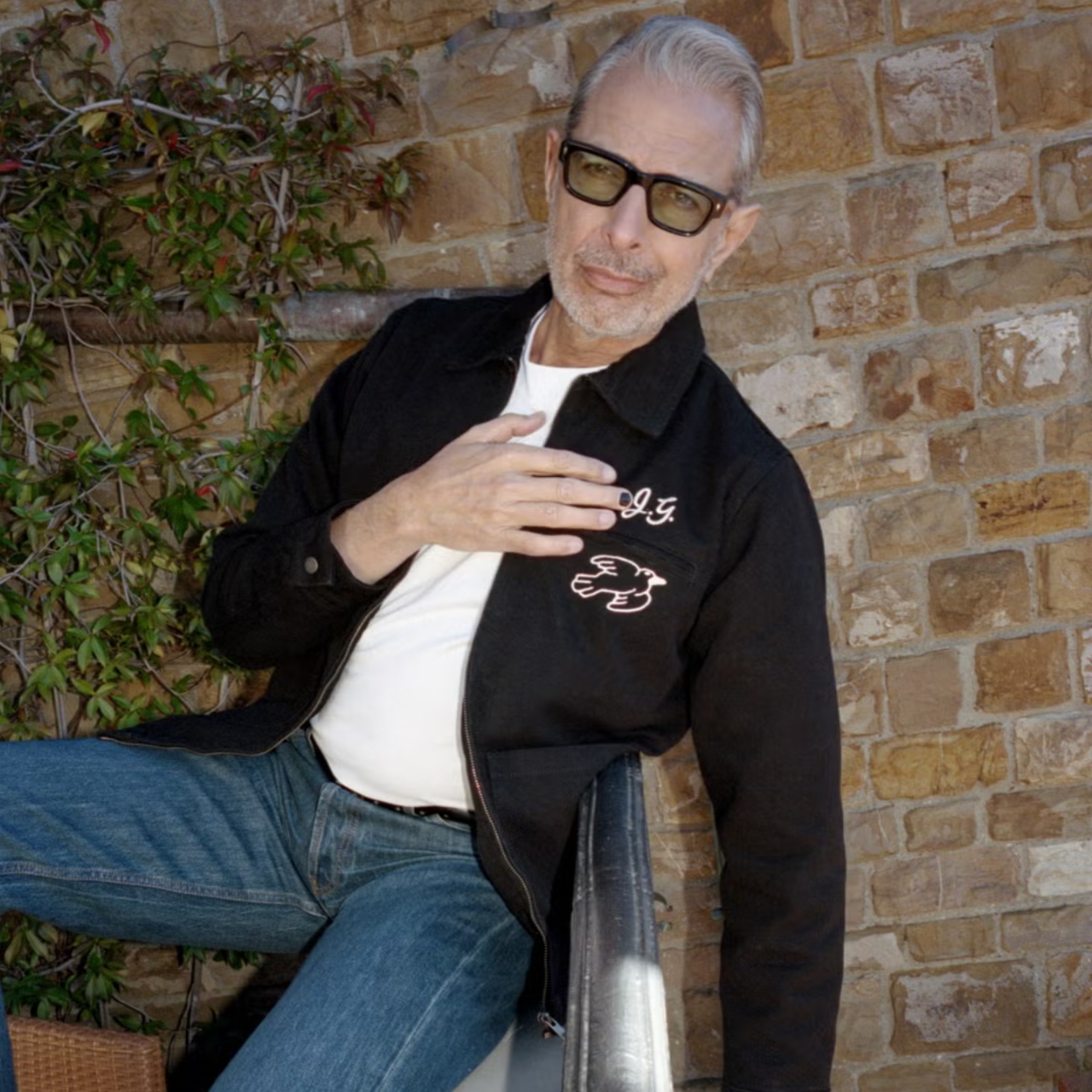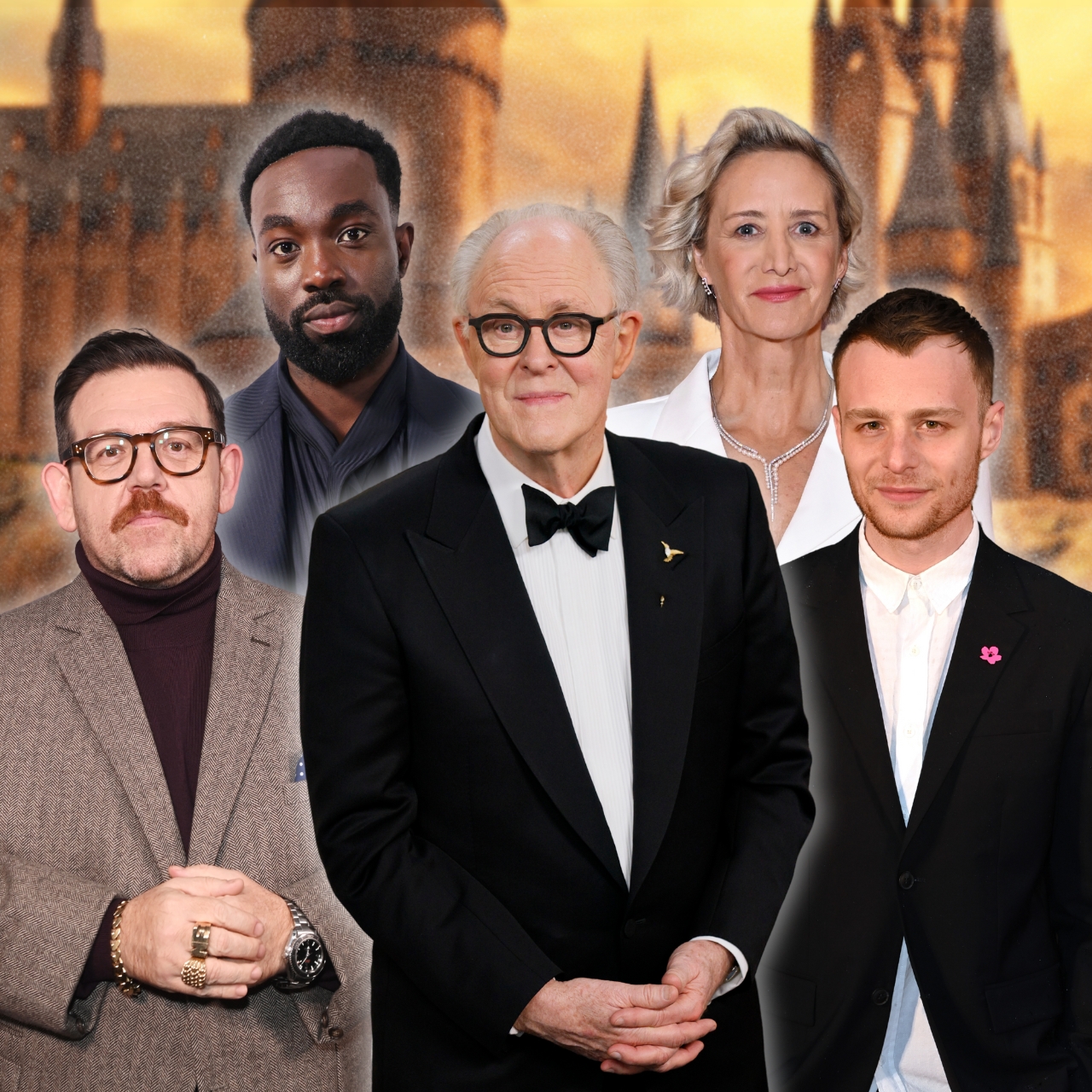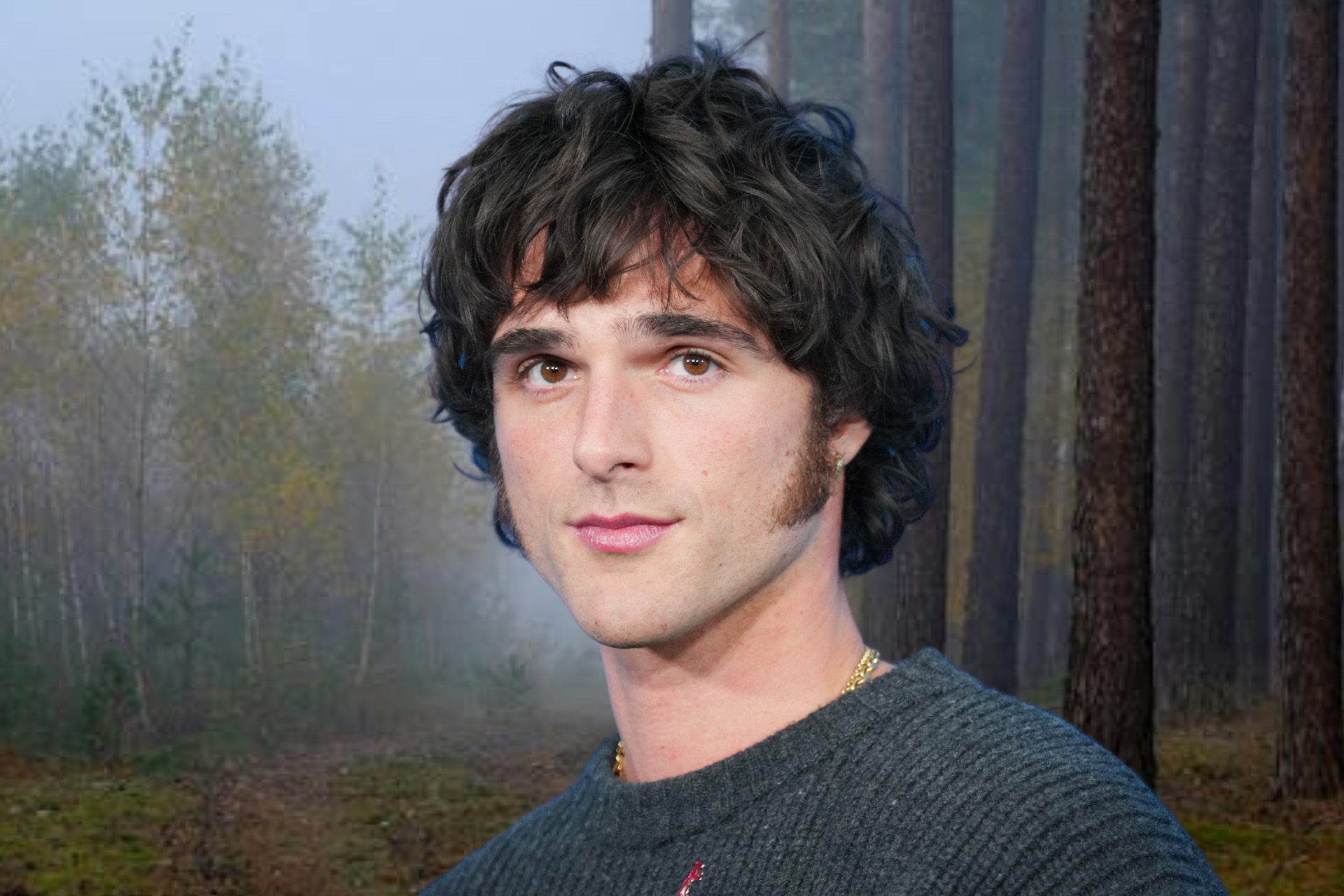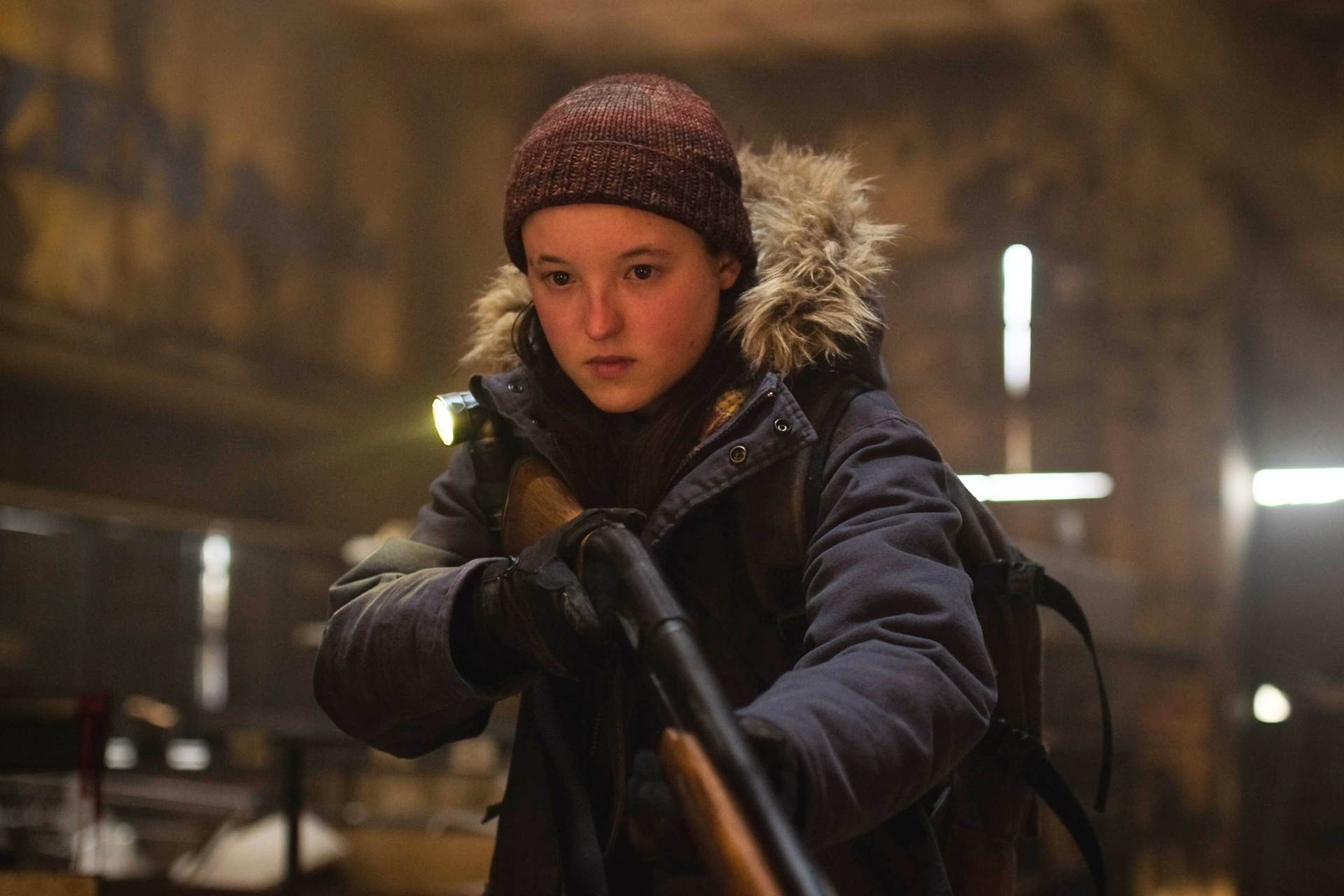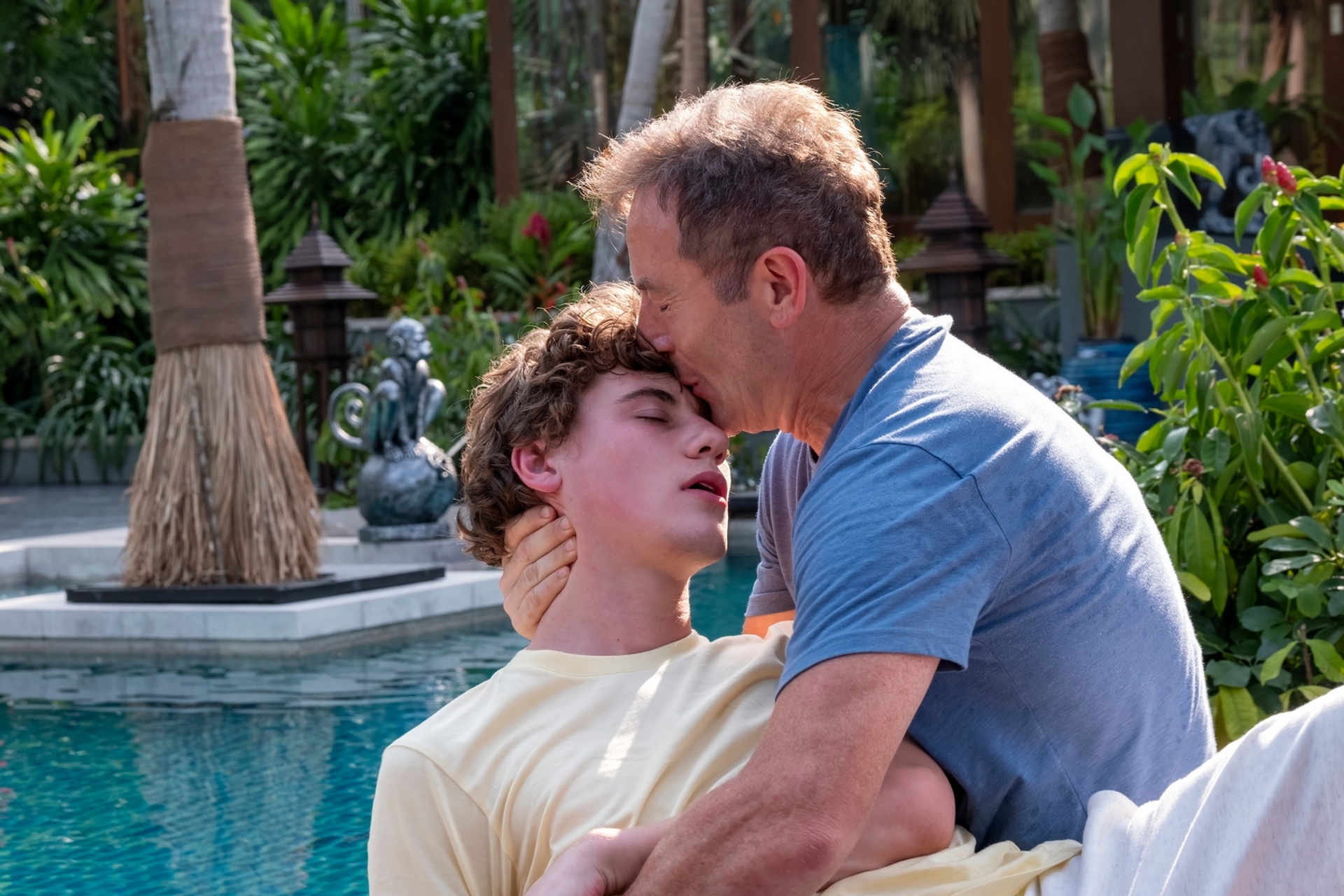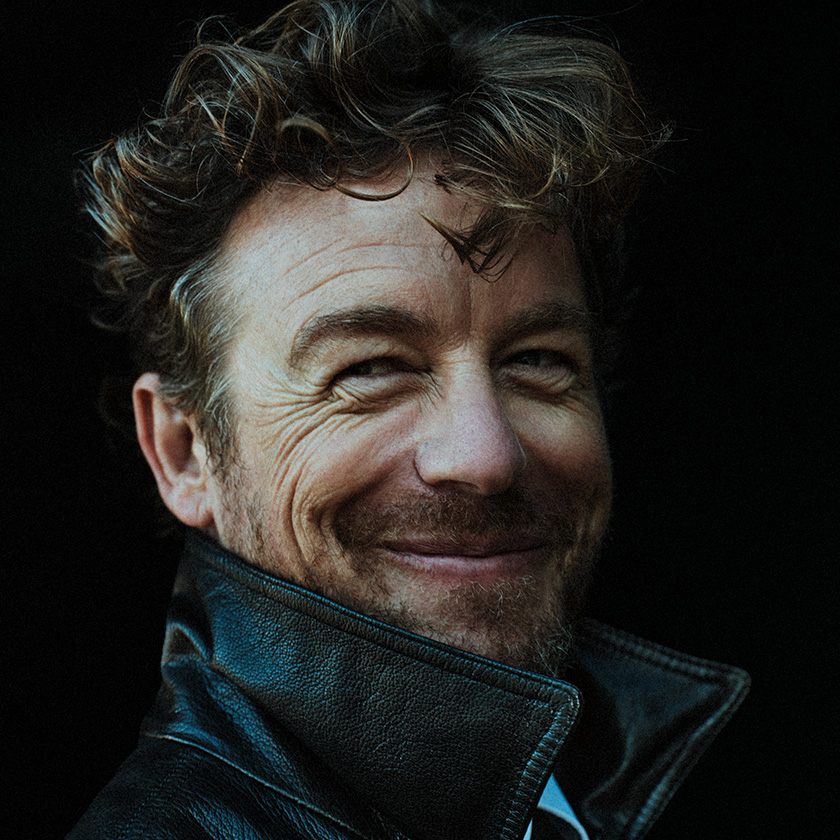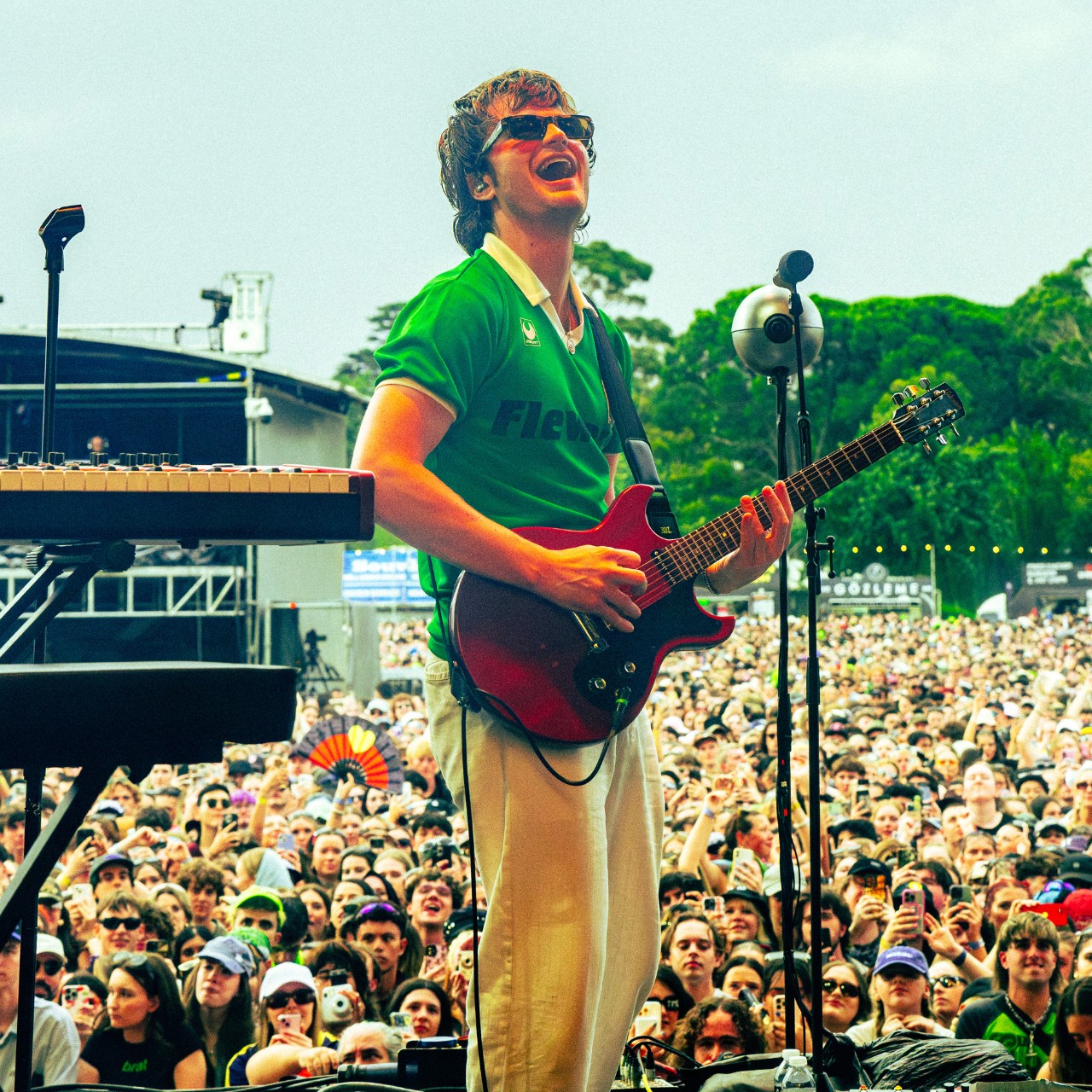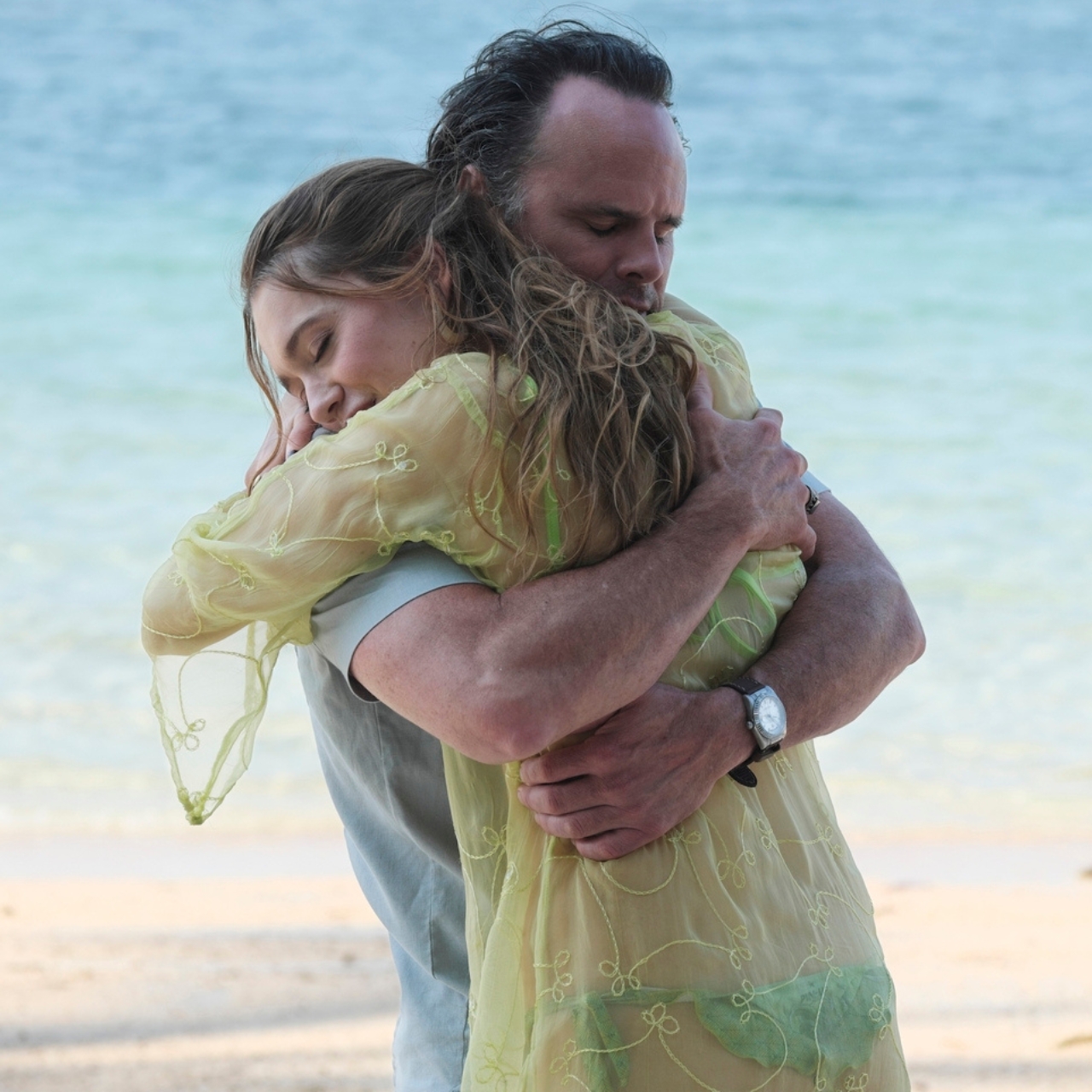From architecture to VFX: How RAWx is changing visual storytelling
From designing spaces to building visual worlds, meet Santiago Ceballos, Luis Garcia Grech and Orin Torati behind RAWx, the creative studio reshaping the entertainment industry
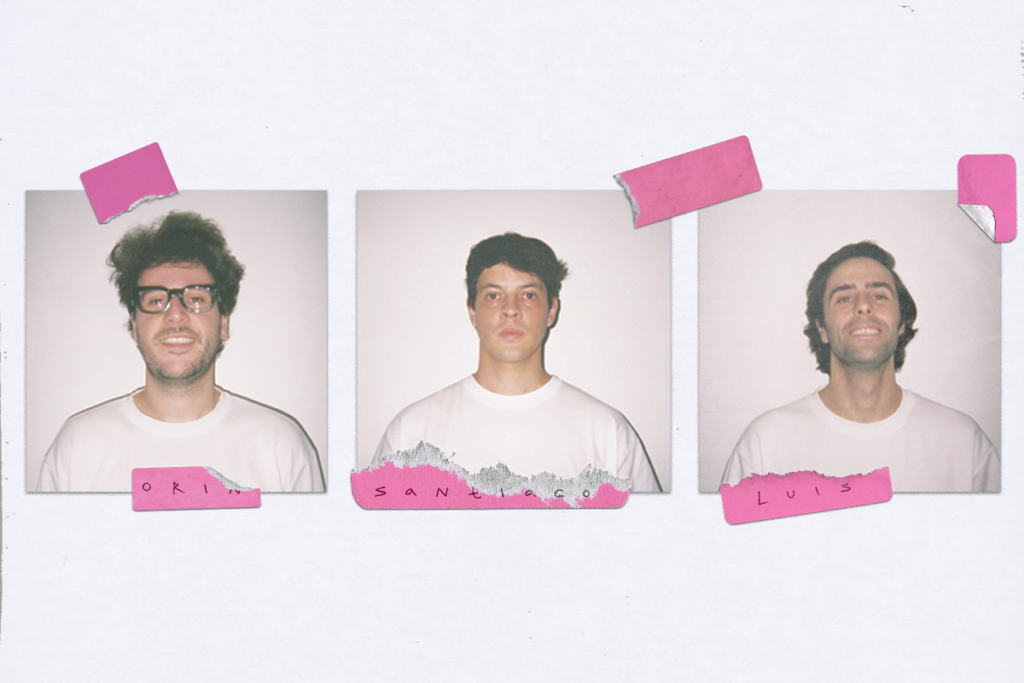
YOU CAN’T MISS A Liam Young picture. If you’ve happened across the filmmaker’s work at institutions like Melbourne’s ACMI or National Gallery of Victoria, the Brisbane-born architect-turned-director has produced visually striking and vivid worlds. Dystopian or utopian, the work is fitting for our times. Behind some of his work is RAWx, the Los Angles-based creative studio specialising in design-driven storytelling.
The trio behind the studio also share a similar backstory to Young. Founded in 2021 by three architects-turned-visual storytellers, Orin Torati, Santiago Ceballos, and Luis Garcia Grech, the trio have carved out that specialty for their spatial and aesthetic approach in the entertainment industry. Their foundations in the built environment has served them well; their settings also acts as a character in the narrative. Read on to meet the founders, who are making some of the industry’s most exciting VFX.
Santiago Ceballos
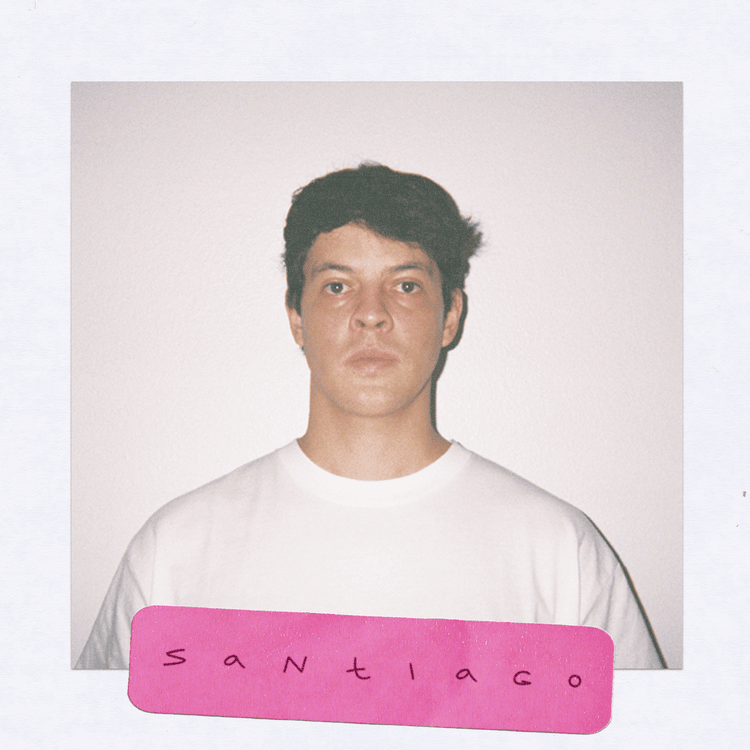
For Ceballos, design and technology are powerful tools that shape the way stories are told. By merging architectural precision with an educated grasp of storytelling. He’s used this sensibility to push the boundaries of visual media, redefining how narratives unfold in the digital age.
With a foundation in architecture, interior design, and 3D visualisation, Ceballos approaches storytelling with the precision of a designer and the vision of a filmmaker. His deep understanding of form, structure, and spatial dynamics has shaped his evolution into a creative director and 3D artist, pushing the boundaries of how digital spaces influence narrative.
His journey into visual storytelling took shape at SCI-Arc, where he attended the renowned Fiction and Entertainment program, exploring speculative design and world-building. Over the past four years, he has delved into the intersection of design and digital media, constructing narratives where space and time stir emotion, movement, and meaning. Whether designing speculative urban landscapes or hyper-realistic CGI environments, his work blurs the line between the built and the imagined.
As the co-founder of RAWx, Ceballos has played a pivotal role in visual storytelling through concert visuals, music videos, and virtual production. His work as a 3D artist has brought surreal, visually arresting worlds to life for artists such as Perfume Genius and Ambar Lucid, and his contributions extend into film, where his architectural expertise informs his cinematic approach.
Luis Garcia Grech

Garcia Grech’s journey from designing airports and hospitals in Madrid to creating sci-fi worlds in LA is anything but conventional. Originally trained as an architect, his curiosity for dynamic creative processes led him to SCI-Arc’s Fiction & Entertainment program, where he discovered the perfect fusion of design and storytelling.
A designer and creative director from Spain, Garcia Grech uses design to blend his expertise in 3D technologies with his narrative vision, breathing life into both live-action and CGI worlds. His work spans film, music, and immersive media. Naming some of his illustrious work includes concert visuals for Pink Pantheress, the 360-degree immersive film Hypersphere, and short films such as The Great Endeavour, which was screened at the Venice Biennale and now part of the permanent collection at MoMA, and After the End, which is currently showing at ACMI in Melbourne, both directed by architect and director Liam Young.
Deeply connected to academia, Garcia Grech has expanded his impact beyond his practice, teaching as a technical advisor at SCI-Arc for the past two years and soon sharing his knowledge at IE in Madrid starting in 2026.
“I’ve always believed that architects are not just designers, but also storytellers,” says Garcia Grech. “Growing up in a family of historians, journalists, and movie lovers, storytelling has been woven into my life since childhood.”
At the core of Garcia Grech’s approach is the belief that world-building is not just a backdrop for stories but an active force that shapes narrative, emotion, and experience. By designing environments with intention, he crafts spaces that don’t just frame a story but become integral to its meaning.
Orin Torati
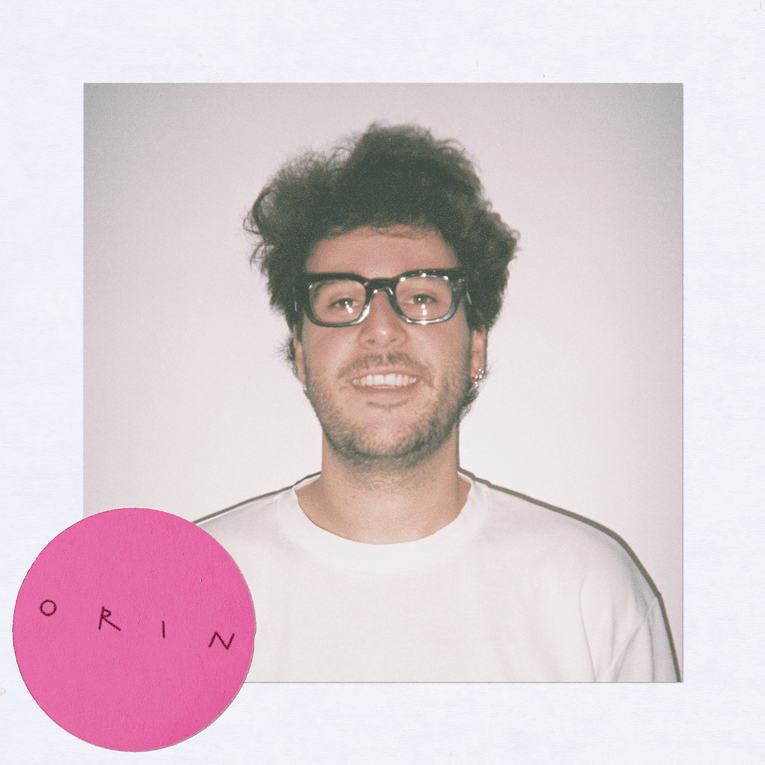
Torati works in the space where design and fiction overlap. With a background in architecture and entertainment, his expertise lies in crafting visually striking, conceptually rich experiences and imagery. As a designer and 3D artist, his approach is deeply rooted in spatial thinking, where every frame is meticulously composed, and every sequence carefully designed.
Torati has nurtured strong interests in pop culture, fashion, film, music, and spatial design, eventually making a job out of it. Ranging from art and spatial installations, the likes of Liam Young’s After the End at ACMI and Maggie West’s ‘Eden’ for Coachella, to concert visuals and music videos for artists like A.G. Cook, Girl in Red, Joji, Mereba, Perfume Genius, Pink Pantheress, and others. Assembling his portfolio in the music and art industry, Torati has also participated in projects in film, TV shows and animation, where he worked as an animation supervisor for the renowned HBO Series Random Acts of Flyness.
By constantly looking for, and experimenting with new approaches to execute ideas, Torati strives to create radical new aesthetics and narratives through the creative (mis)use of technologies, ensuring that the visual language aligns seamlessly with the story being told. His multifaceted background allows him to bring a level of precision and depth to storytelling that transcends the screen and breathes life into his productions.
Beyond his professional endeavours, Torati contributes to the academic community as a faculty member at SCI-Arc’s ‘Fiction & Entertainment’ program. There he teaches students the techniques that are employed in popular media as well as a broad range of digital tools to imagine, visualise, and produce alternative worlds. Given the critical importance of media in the production of culture, there is an urgency to widen the scope of architecture beyond the built environment. Allowing for fictional worlds to be the sites within which we can prototype new scenarios and emerging cultures.
The RAWx approach
What sets the trio apart is the philosophy behind RAWx. They approach every project – be it film, commercial, or live event – through the lens of world-building, crafting entire narrative ecosystems rather than isolated scenes.
Their work spans across various facets of the entertainment industry, including collaborations with artists, brands, and creatives develop into narrative-driven visual experiences that materialise as short films, commercials, series, music videos, and branding campaigns.
As part of the virtual production team for an Allegiant Airlines commercial aired during the Super Bowl, RAWx played a key role in bringing a cinematic feel to a large-scale production. Their work extends into the art world as well, with Flesh, a mixed-media exhibition featured at the Tom of Finland Art & Culture Festival 2024 at Berghain in Berlin, hosted by designer Rick Owens and Glenn Martens, as well as Nick Knight’s Show Studio in London. The studio has also caught the attention of Wired Japan, where they were commissioned to create concept art in tribute to legendary futurist designer Syd Mead. Pushing the boundaries of speculative fiction, RAWx contributed to Pink Earth, an animated short film featured in Views of Planet City, a visionary exhibition by director and architect Liam Young.
From crafting immersive digital landscapes for virtual art installations to producing high-concept visuals for live performances, RAWx has been able to operate at the intersection of technology and narrative, bringing architectural precision to cinema. Finding the synergy behind architecture and visual storytelling, RAWx has shown how films are built. RAWx is inviting Australian artists, filmmakers, and designers to rethink how worlds are built and experienced.




